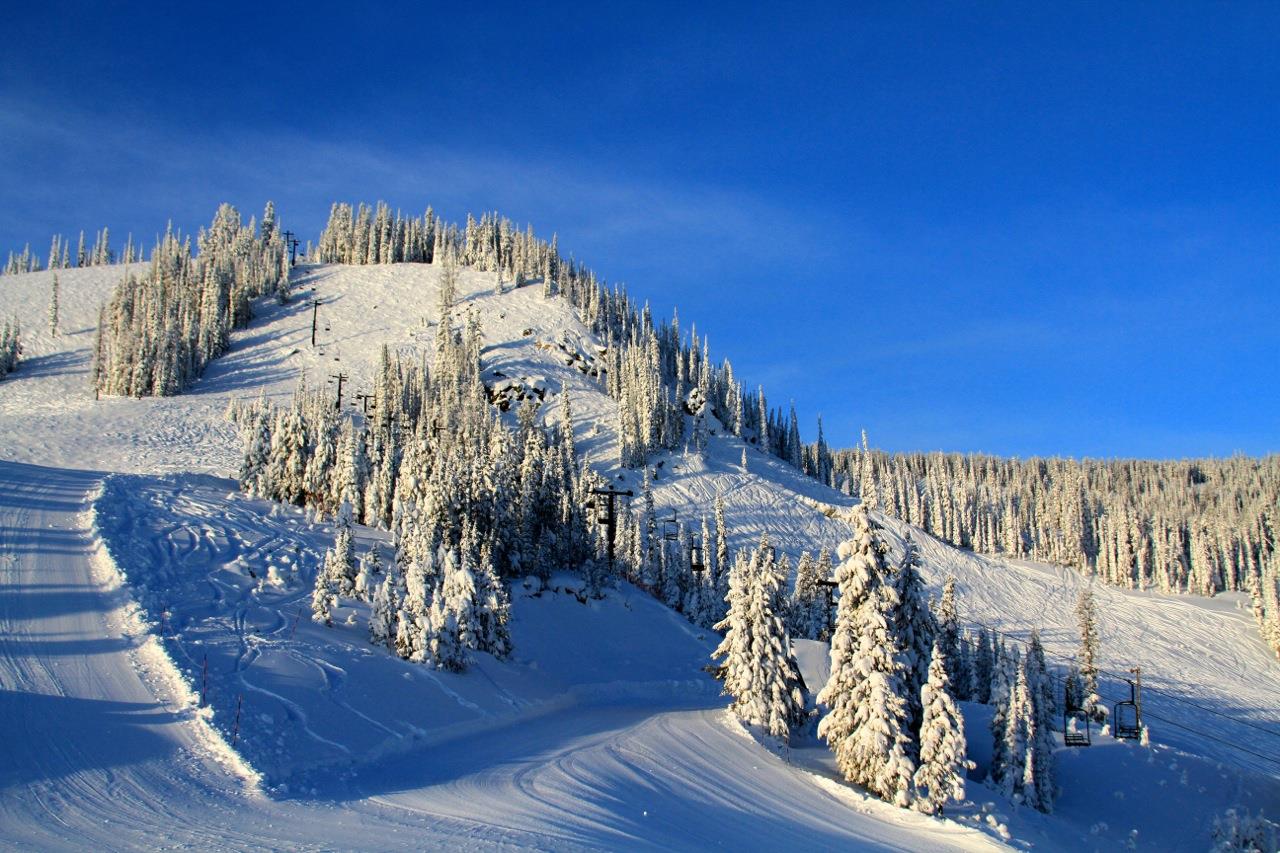
The Vanishing Paths: Tracing the Lost Trails of History and Nature
There’s a subtle melancholy that clings to the concept of a lost trail. It’s not merely a physical path swallowed by undergrowth or submerged by rising waters; it’s a forgotten narrative, a severed connection, a whisper of what once was. In our relentless march forward, driven by progress and development, countless trails – carved by human ambition, ancient migrations, or the very forces of nature – have faded into obscurity, leaving behind only ghosts of their former selves. These vanishing paths offer a poignant lens through which to view our relationship with history, the environment, and our own transient place in the world.
From the ancient Silk Road, a network of arteries that once pulsed with the lifeblood of empires, to the faint scars of indigenous footpaths across continents, human history is quite literally written in the trails we’ve trod. These were not just routes for commerce or conquest, but veins carrying cultural exchange, knowledge, and survival. Imagine the Roman roads, engineering marvels that crisscrossed an empire, some still visible today, but many others lost beneath millennia of soil and new construction. They were the internet of their age, facilitating communication and control. As the historian Wallace Stegner once observed, "History is a high-grade ore, but it is deeply buried." And nowhere is this more evident than in the earth itself, where the faint indentations of ancient passage lie waiting to be rediscovered, or tragically, forever lost.
In North America, the faint ruts of the Oregon Trail, etched by a quarter-million pioneers in their quest for a new life, remain a powerful testament to human resilience and ambition. Yet, even these iconic pathways are under threat. While some sections are preserved as national historic sites, others are rapidly succumbing to erosion, agricultural expansion, and urban sprawl. A stretch that once witnessed the arduous journey of covered wagons might now lie beneath a shopping mall or a cornfield, its historical significance paved over and forgotten by generations. The spirit of those pioneers, the stories whispered around campfires, and the sacrifices made, become harder to grasp when the physical touchstones of their journey disappear.

Even more tragically, countless indigenous trails, woven into the very fabric of ancestral lands, have been deliberately erased or simply overwhelmed by colonial expansion. These were not merely routes but living maps, imbued with spiritual significance, ecological knowledge, and deep cultural memory. They connected sacred sites, hunting grounds, and tribal territories, often following animal migration patterns or water sources. The destruction or obfuscation of these trails represents a profound loss, not just of physical pathways, but of entire systems of knowledge and connection to the land. When an elder can no longer walk a path that their ancestors trod for thousands of years, an invaluable link in the chain of oral tradition and environmental wisdom is broken.
But lost trails are not solely a human phenomenon. The natural world itself is replete with migration paths, foraging routes, and ancient animal corridors that are rapidly vanishing. The migratory routes of caribou in the Arctic, the ancient paths of wildebeest across the Serengeti, or even the delicate aerial highways of monarch butterflies – these vital arteries of the natural world are increasingly severed by human development. Fences, roads, cities, and agricultural fields act as insurmountable barriers, fragmenting habitats and disrupting ecological rhythms that have evolved over millennia.
Consider the plight of the American bison. Once, millions of these magnificent creatures roamed the Great Plains, their thundering hooves carving deep trails across the landscape. These bison trails were not just pathways for the animals; they were also vital ecological engineers, aerating the soil, dispersing seeds, and creating diverse habitats. Today, the vast herds are gone, confined to preserves, and their ancient trails exist only as faint depressions in the earth, or worse, have been obliterated entirely. The loss of these trails signifies not just the loss of a species’ freedom, but a profound shift in the very ecology of a continent. As conservation biologist E.O. Wilson famously stated, "The one process ongoing in the 21st century that will take the millions of years to correct is the loss of genetic and species diversity." The disruption of ancient animal trails is a direct pathway to this irreversible loss.
The reasons for a trail’s disappearance are manifold and often intertwined. Urbanization is a primary culprit, as burgeoning cities sprawl outwards, consuming open land and paving over historical and natural pathways. Infrastructure development – highways, railways, dams – carves new lines across the landscape, often heedless of what lies beneath or what is severed in the process. Agricultural expansion transforms wild landscapes into monocultures, erasing natural features including animal trails and even historical human routes. Climate change also plays a significant role; rising sea levels can submerge coastal trails, changing river courses can obliterate ancient ford crossings, and shifting ecosystems can render traditional migration routes impassable or irrelevant.
Beyond the physical obliteration, there’s also the subtle erosion of memory. As generations pass, the stories connected to a particular trail fade, local knowledge diminishes, and the significance of a path is lost. Without active preservation and storytelling, a trail can vanish not just from the landscape, but from collective consciousness, becoming merely an anonymous stretch of land.
When a trail vanishes, it’s not just a line on a map that disappears; it’s a profound loss on multiple levels. Historically, we lose tangible links to our past, making it harder to connect with the struggles, triumphs, and daily lives of those who came before us. Ecologically, we lose vital corridors for biodiversity, leading to habitat fragmentation, genetic isolation, and ultimately, species extinction. Culturally, we lose threads of heritage, sacred connections, and traditional knowledge that often reside within the stories and practices associated with specific pathways. Spiritually, we lose a sense of continuity, a tangible reminder of the deep interconnectedness between humanity and the natural world. A lost trail often represents a lost opportunity for wonder, reflection, and learning.
Yet, the story of lost trails isn’t solely one of lament. There is a growing global movement to rediscover, preserve, and even restore these vanishing paths. Archaeologists, armed with satellite imagery and LiDAR technology, are unearthing ancient Roman roads in Britain, Mayan causeways in Central America, and pre-colonial indigenous trade routes in North America. These technologies allow us to see through dense forest canopies and beneath layers of accumulated soil, revealing patterns that were invisible to the naked eye.
Conservation groups are working tirelessly to protect remaining animal corridors, advocating for wildlife bridges over highways and creating protected zones to ensure safe passage for migrating species. The concept of "re-wilding" aims to restore natural processes, including the re-establishment of animal movements, to landscapes where they have been suppressed. Citizen scientists, armed with GPS devices and historical maps, are actively tracing and documenting old logging roads, pioneer trails, and forgotten footpaths, contributing to a collective effort to map and remember.

Indigenous communities, too, are at the forefront of this effort, striving to revitalize traditional ecological knowledge and reclaim ancestral lands and the pathways that define them. Their wisdom offers invaluable insights into sustainable land management and a deep understanding of the intricate relationships between land, culture, and identity. For them, a trail is not just a line on a map but a living entity, a repository of stories, songs, and spiritual power.
Perhaps the deepest lesson of a lost trail is its power to remind us of our own transient place in the grand tapestry of time and nature. It urges us to consider the legacy we are leaving behind. Are we paving over history and nature in our pursuit of the immediate, or are we consciously choosing to preserve the pathways that connect us to our past, our planet, and each other?
The trails we choose to remember, to restore, and to protect are the very paths that will lead us into a more mindful future. They are not merely lines on a map but arteries of memory, ecology, and culture, guiding us towards a deeper appreciation of our world and a more responsible stewardship of its vanishing wonders. To walk a rediscovered trail, or to protect one that is threatened, is to participate in an act of profound hope – an affirmation that some paths, though lost for a time, can always be found again, leading us to a richer understanding of where we’ve been and where we need to go.


